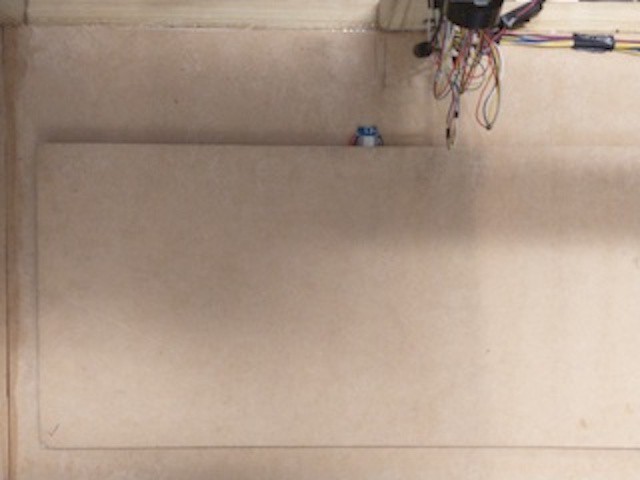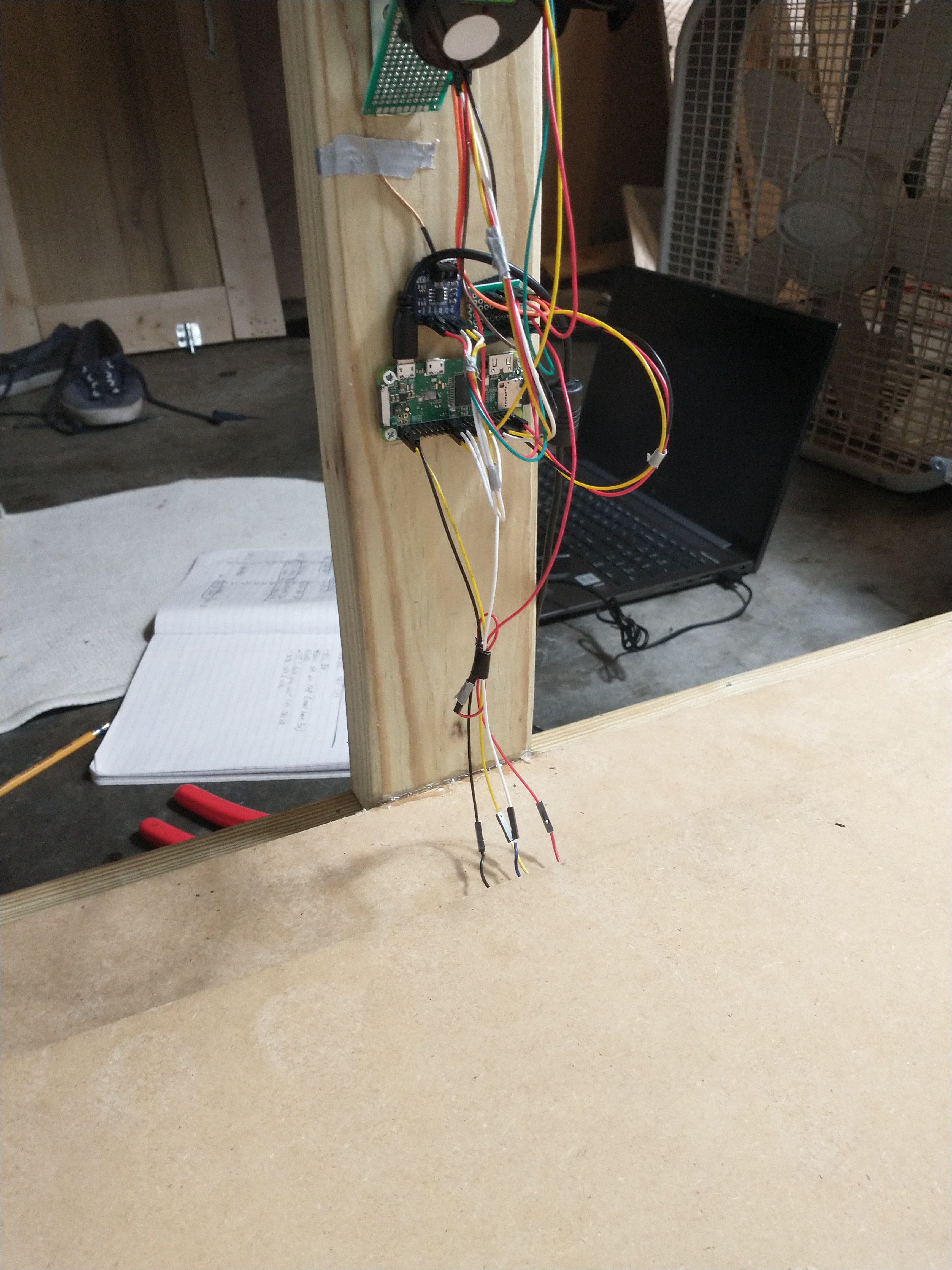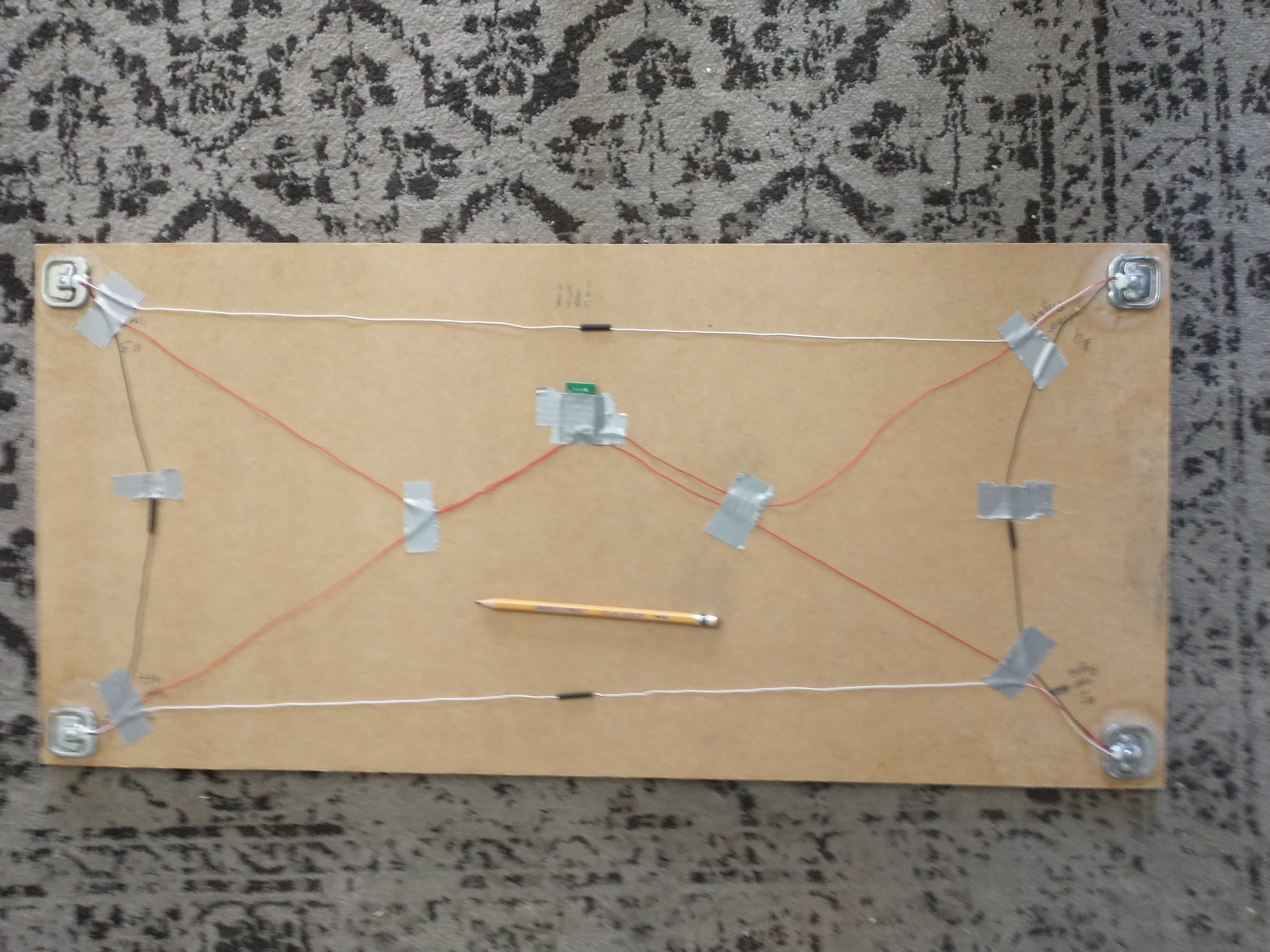Intro:
The scale is to track the exact weight in pounds of mycelium or mushrooms grown over the period of a session; spawn running or fruiting. For anyone that's interested in growing mushrooms for profit, it's good to know exactly what substrate and supplement mixture produces the most grams of mushrooms. Mushrooms or mycelium, it's good to know exactly how much is being produced under various conditions.

Initial Idea:
Initially the scale was to be wired directly to the raspberry pi, since the raspberry pi was originally to be positioned directly in front of the scale. I also planed to connect all 5 wires from the HX711 load cell amplifier, the board that reads the 4 load cells of the scale, directly to the raspberry pi. This takes up a lot of GPIO and requires the scale to always be directly attached to the raspberry pi, which isn't the best option

New idea and why I'm changing the design:
I'm now using a generic esp8266 WiFi board as the controller for the Sparkfun HX711 load cell amplifier. The esp8266 can easily receive HTTP commands from the raspberry pi, or be plugged in via usb serial communication. This way the scale can be used wirelessly, outside of the mycobox, or plugged in when it needs to be recharged.
This is a picture of the original HX711 board (Green) I tried to use, it had a problem with noise and required one of the pins to be desoldered and connected directly to another. I've done such hacks before but decided it's better to buy a better board (Red) that's not broken in the first place for this project.

This is wiring is a 'wheatstone bridge" circuit for connecting the 4 load cells positioned on the board. The load cell amplifier in the middle has a 24 bit analog to digital converter that can report the readings from the load cells to a microcontroller.

This video shows the clearance of the scale, it's just high enough for the boards to not get in the way.
programming the scale is pretty simple as well, there is a great library that takes care of the hard work for you; it comes with a calibration script and plenty of other examples.
In the above video I zeroed out the scale with the grow rack on it, then calibrated the scale with a 5lb bag of substrate.
Summary:
I've created an accurate rough draft of the wireless scale that will track how much mycelium or fruiting mass is grown during a session. I need to add some code to the esp8266 for receiving and sending http requests to the raspberry pi via wifi/ or communicating directly via usb serial if it's plugged in. I also will be adding a small rechargeable battery circuit so that the scale will have power even when it's not plugged in, making the wifi capability practical. But for now I'm switching back to programming the MycoBox "enviornment manager" program, since all of the sensors and relays are now functional.
 Jonathan
Jonathan
Discussions
Become a Hackaday.io Member
Create an account to leave a comment. Already have an account? Log In.